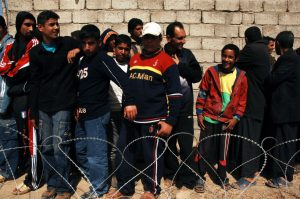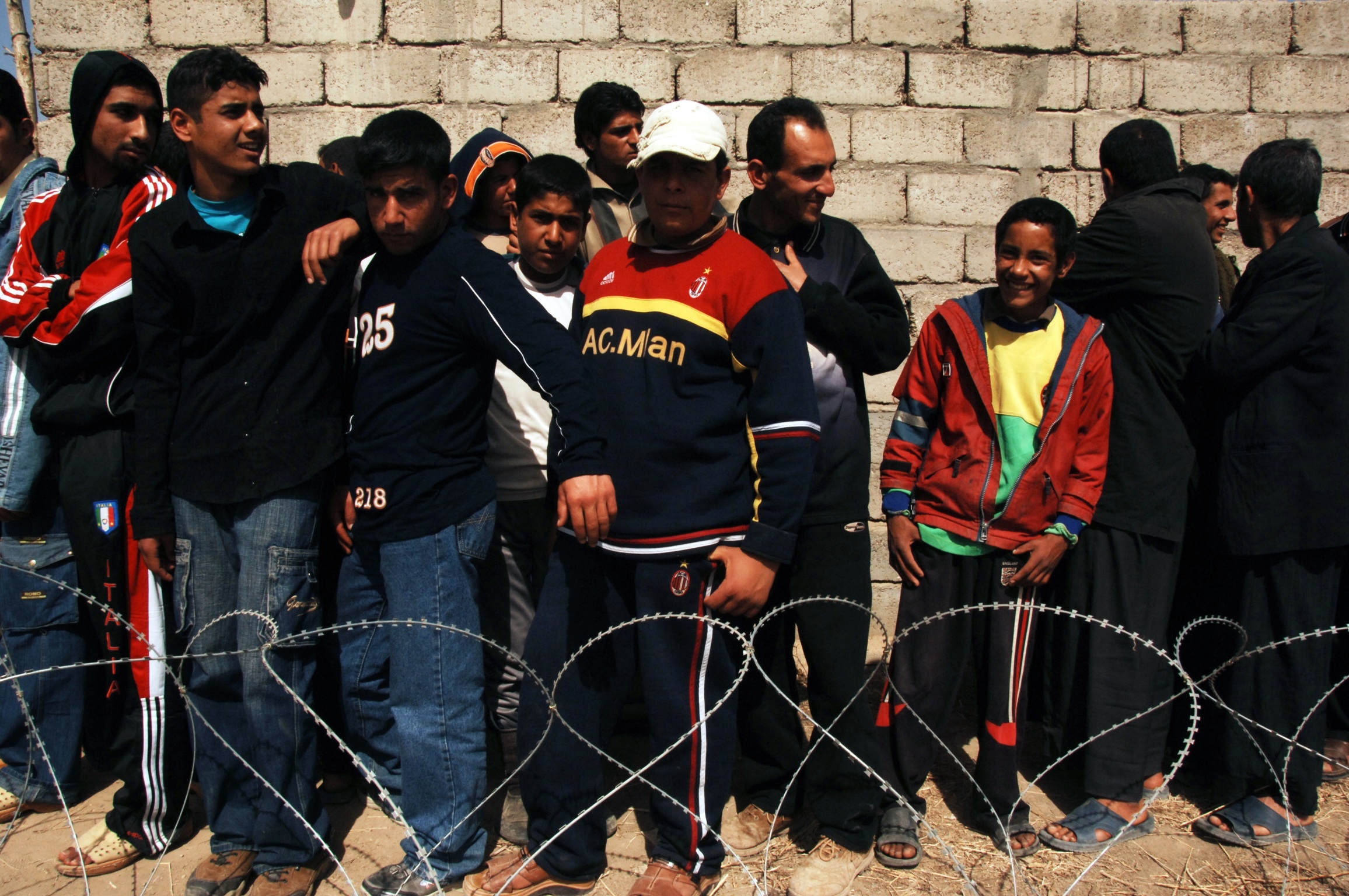By: Carson Aft

The American Dream, not simply wealth, health, or happiness, is the promise of upward mobility. With hard work, every child can live a life more comfortable and prosperous than their parents. This is the mantra that is proudly displayed in the attitude and spirit of the hopeful. The world’s yearning masses, brought in under the guise of opportunity, begin anew at the foot of the ladder. These rungs, they are assured, are climbable. Whether from Argentina or Alabama, the American societal base has been falsely assured of a dream that too often never materializes.
To be poor in America is supposedly profound. The burden of freedom puts all responsibility in the hands of the disadvantaged. Living so far away from true, abject desperation, it can be difficult to understand the struggles that go along with it. Living below the official poverty line, while not ideal, is not the same thing as living an impoverished life, despite their nominal similarity. The truly destitute, those that need and crave upward mobility the most, are often beset with the inequalities inherent to true economic desperation. Despite the promises perpetuated by the American Dream, the poor are disproportionately disadvantaged by inequalities of choice, lifestyle, and opportunity.
The smartest way to shop is always to shop smarter. This does not mean spending more on goods, but rather spending the right amount. For example, doubly expensive shoes may last tenfold the lifetime of their cheap counterpart. It can be significantly more economical to buy more costly goods in the long-run. The poor, however, are deprived of many long-run options. The shoes that are half as expensive are all that some can afford, even if it means eventually having to buy ten pairs instead of one. There are only so many days that someone can be deprived of essentials like clothing for the purpose of saving money. The disadvantaged frequently find themselves bereft of the ability to save money.
The second-largest expense for the average American household is transportation. There are often times where this cost can be mitigated through things like public transportation, but that is not always the case. Rural towns often do not provide busing to their residents, whom, coincidentally, often are the poorest. It is from that trouble that convenience stores often find their niche. Rather than being far away from residential areas, these stores provide the much-needed geographic accessibility needed by those that do not own or cannot afford cars. The prices are nonetheless steeper and less forgiving. This further penalizes those wishing to cut costs or forced into that position by desperation.
The expense of this food is not the only concern, however. One of the largest complaints about the food purchasable at these stores is the nutritional content. This is not localized to gas station grocers by any means. While fruit and vegetables certainly do not command the most premium of prices, on a dollar-per-calorie basis, they rank fairly low. The energy contained in a pack of chips outweighs the amount of apples purchasable for the same price. The daily recommended value of calories should not have to be weighed against the option of the daily recommended amount of vitamins. Economic and, in turn, nutritional struggle do not beget a healthy lifestyle. This unhealthy lifestyle is only exacerbated by the norms of being poor.
Those that have poor nutrition are more likely to become ill, whether with the common cold or much worse. Sick days are a luxury seldom afforded to those working by the hour, let alone those at minimum wage. The danger of missing days also compounds into being less likely to find promotions or favor within an occupation. The poorest people, those malnourished enough to find themselves sickly, are the ones that need promotions and higher wages the most. It is a catch-22 where, in order to be healthy, they have to make more money, and to make more money, they have to be healthy.
The most dangerous and unfortunate consequence of being poor can be the missed opportunities. Because school quality is largely determined by local tax revenue, areas with many poor students have poor schools. The less satisfactory the education underprivileged students receive, especially compared to their advantaged peers, the less likely they are to succeed in life. A high school diploma may be universally valued, but its personal value may not be universal. Graduation is not the same thing as education.
Even with a high school diploma, success on a college level is not guaranteed. Secondary education has a mandate to prepare students for college, but some schools are incapable of providing such preparation. One of the best ways to lift people out of poverty is through education, and those in poverty are often robbed of the opportunity for education. This lack of opportunity can keep new generations underwater in the pursuit of a better life.
The American Dream is not dead. There are still chances to prosper. Even loaded dice roll a seven sometimes. The poor, the destitute, the downtrodden may climb to the highest rungs, but it is not easy. It has never been easy, but now, considering the strong inequalities in choice, lifestyle, and opportunity, the promises heralded in the freedoms of the United States of America are more fairy tale than fact.


